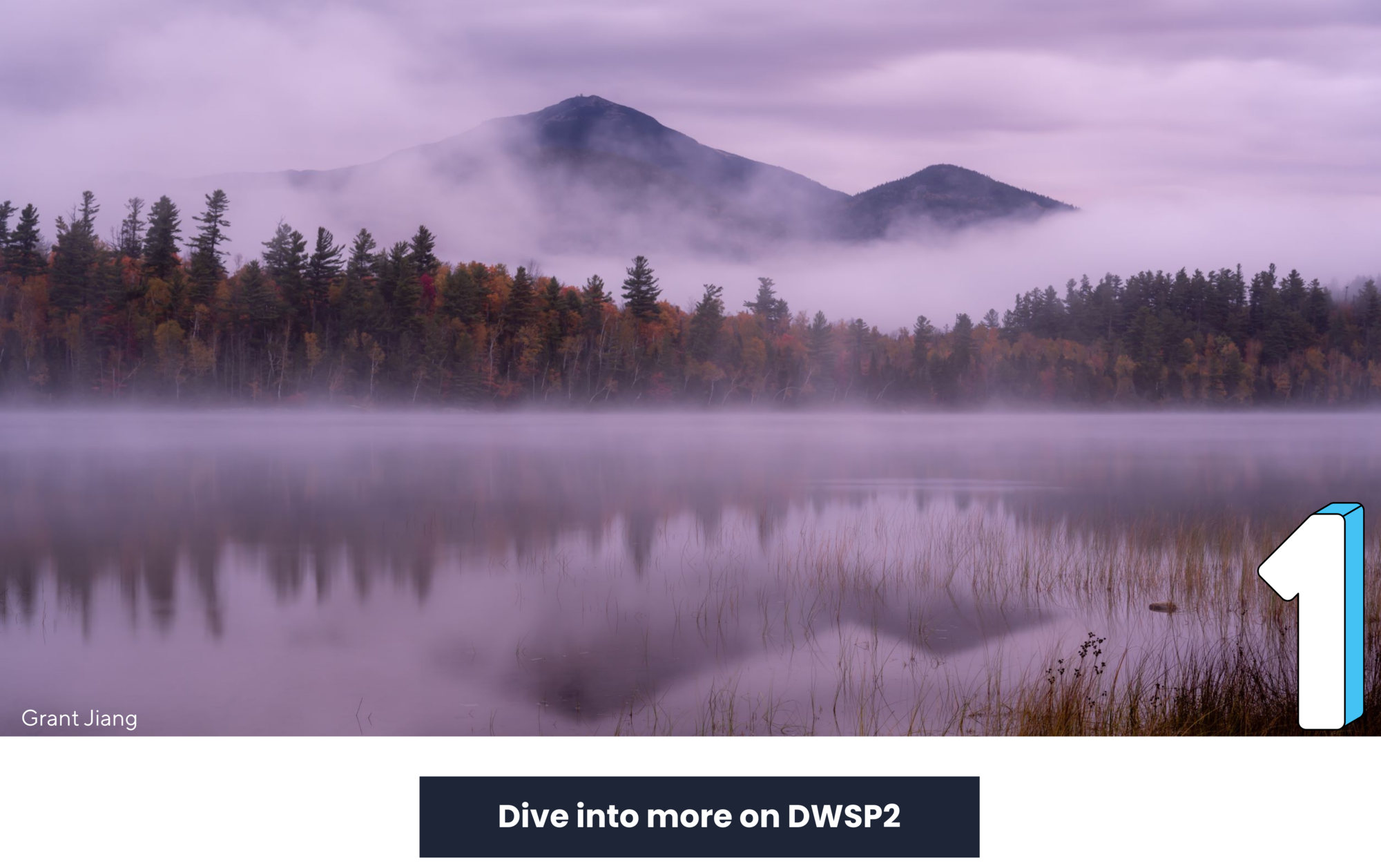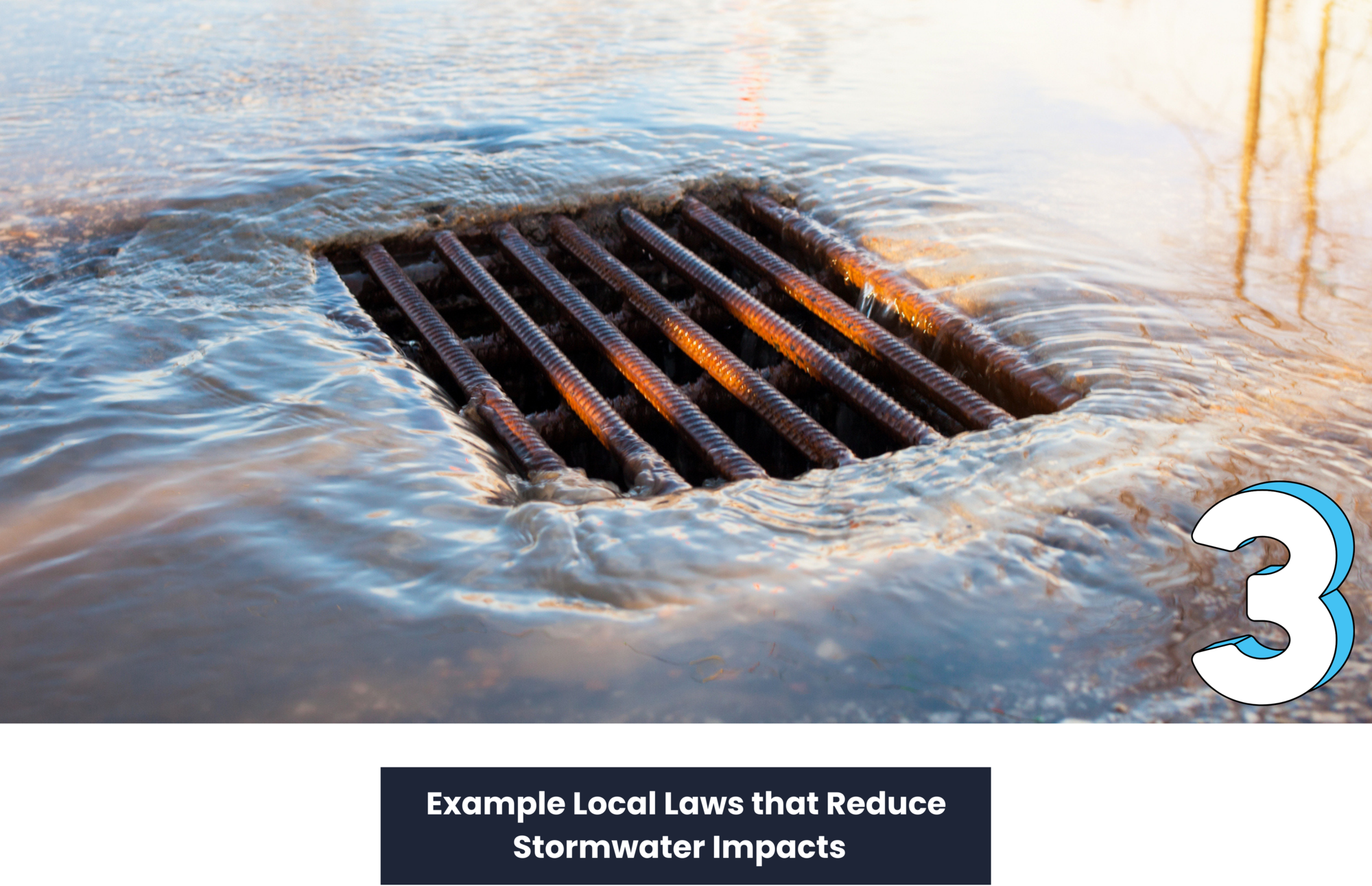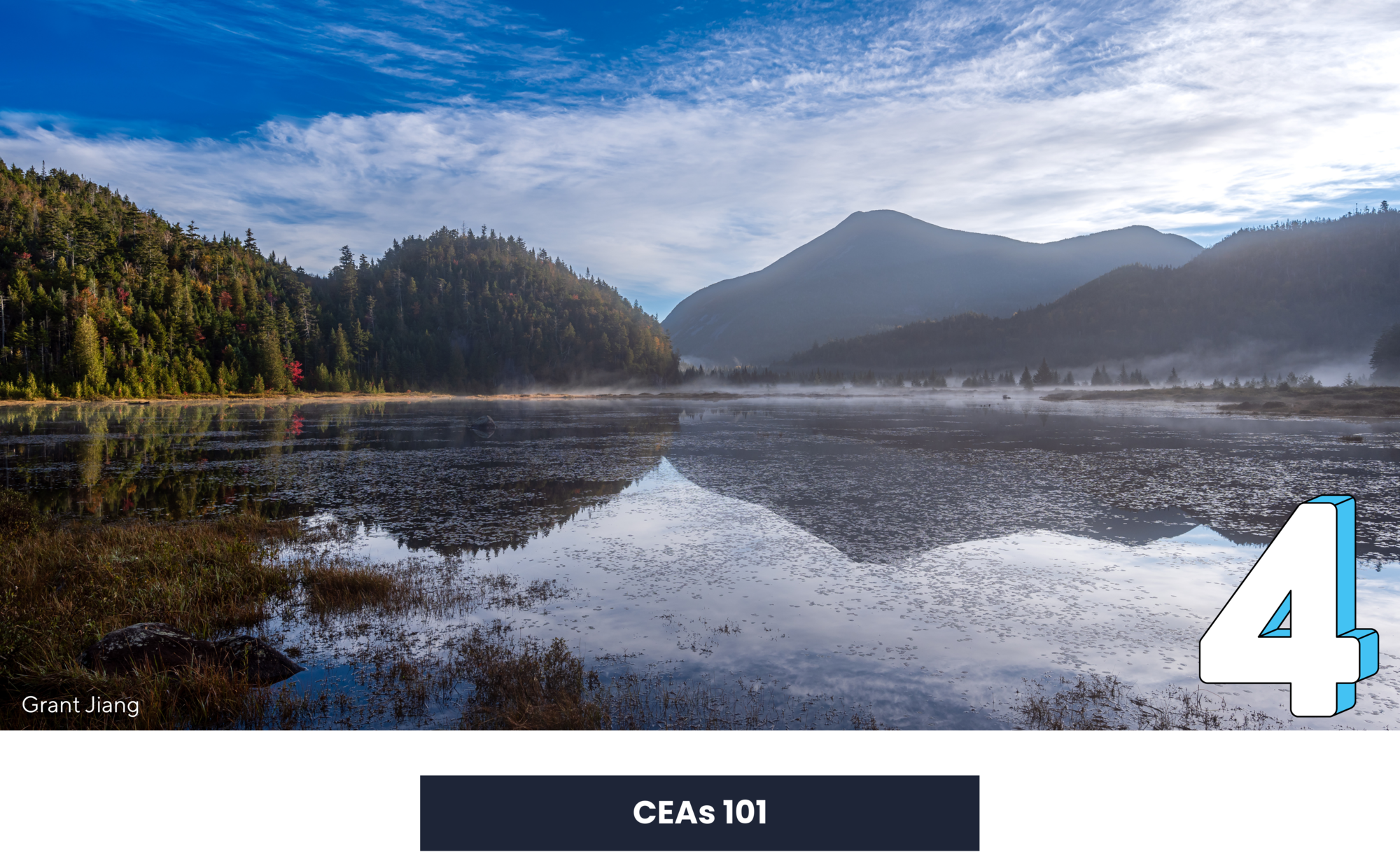DWSP2 November Newsletter - 5 Ways Your Community Can Protect Your Water
The New York State Department of Environmental Conservation sent this bulletin on 11/09/2022 10:42 AM EST |
| DEC Delivers - Information to keep you connected and informed from the NYS Department of Environmental Conservation |
| Share or view as a web page || Update preferences or unsubscribe |
5 Ways Your Community Can Protect Your Water |
|
Did you know that nearly 95% of New Yorkers receive their drinking water from a public water supply? While all public water is treated to ensure that what comes out of your faucet is safe to drink, the best way to ensure the longevity and safety of your drinking water is by protecting the source. Source water refers to surface water (springs, streams, rivers, lakes, and reservoirs) or groundwater (wells) that supplies water to a public water system. Protecting the source can reduce risks by preventing exposure to harmful contaminants. Source water protection includes a wide variety of actions aimed at safeguarding, maintaining, or improving the quality and/or quantity of our reservoirs, lakes, rivers, and groundwater resources. This benefits public health and safety, the local economy, and the environment. To protect drinking water, proactive strategies and preventative measures are needed at the local level. 1. Develop a Plan to Protect Your Drinking Water Source: Participate in DWSP2One of the most effective ways to maintain the quality and longevity of our drinking water is by developing and implementing a protection plan. That’s why New York State has implemented the Drinking Water Source Protection Program (DWSP2), a proactive program that guides municipalities through the process of developing an individualized plan and actions to protect their drinking water source(s) now and into the future. By taking a proactive approach to protect drinking water you can safeguard your community's public health, avoid expensive treatment costs, and protect your local economy. The State is offering technical assistance, free of charge, to municipalities to develop a DWSP2 Plan for their source of drinking water. Technical assistance providers will work with the community every step of the way, using the DWSP2 Framework, to develop a community specific DWSP2 plan. As a result of this program, participating municipalities can use their newly developed DWSP2 plan to expand current source water protection efforts, align priorities, and address any gaps in protection. DWSP2 is currently offering open enrollment, your municipality can apply (PDF) today. You can submit your application or ask any questions to source.water@dec.ny.gov. 2. Acquire Lands Near Your Drinking Water SourceOwning and properly managing the property close to their drinking water source is a key way municipalities can protect their water. The state has a program to help municipalities cover much of the cost of purchasing those lands. WQIP Land Acquisition Projects for Source Water Protection provides funding to municipalities, land trusts, and soil and water conservation districts to purchase land and/or conservation easements to protect public drinking water. Grant recipients are stewards of the land, managing its use to help ensure protection of the nearby public water supply. Benefits to acquiring lands for source water protection:
For the past two rounds, a municipality with a State approved DWSP2 Plan that applied to acquire land within their DWSP2 Plan’s critical area could have received the maximum number of points for some of the scoring criteria. Municipalities can apply for WQIP Land Acquisition funds annually with NYS’s Consolidated Funding Application. The application period typically open s in the Spring. To date, municipalities, land trusts, and soil and water conservation districts have been eligible to apply. 3. Increase Stormwater Management PracticesStormwater is water from rain or melting snow that flows over the land and does not soak into the ground. As it flows, stormwater runoff collects and transports pollutants into nearby waterbodies. Pollution transported by stormwater degrades the quality of drinking water and damages fisheries and habitats of plants and animals that depend on clean water for survival. Pollutants carried by stormwater can also affect recreational uses of waterbodies by making them unsafe for wading, swimming, boating, and fishing. As if that weren't bad enough, as stormwater picks up speed and force as it rushes over hard or impervious surfaces, it can cause local flooding and erosion. Stormwater runoff is mainly generated from the roads, sidewalks, roofs, and other impervious surfaces that prevent rainwater and snowmelt from seeping into the soil. Communities can prevent these problems by putting stormwater management controls in place. Local governments in New York State are primarily responsible for controlling land use and development. However, urbanized communities designated as a Municipal Separate Storm Sewer Systems (MS4s) are required by federal and state law to establish stormwater management programs. The goal of these programs is to retain or absorb stormwater on developed property wherever possible, with the quantity, rate, and quality of runoff remaining as they were before the sites were developed. Communities that are not designated as MS4 can still use stormwater best practices at the local level to protect their community’s drinking water supply by:
4. Designate a Critical Environmental Area (CEA)Critical Environmental Areas (CEAs) (PDF) are specific geographic areas within a municipality that contain sensitive or unique features in need of protection. CEAs serve as an alert to landowners, developers, and regulatory agencies of an area’s environmental significance when evaluating potential project impacts under the State Environmental Quality Review Act (SEQR) . Communities can also use CEAs as a tool for source water protection. CEAs limit certain types of development on the designated area which, in turn, reduces the risks of contamination and helps protect your community’s source of drinking water. Throughout NYS, municipalities have designated CEAs to protect the land surrounding their drinking water sources, the full list of CEAs can be found on DEC's website. Designating a CEA is also less involved than developing or revising zoning laws. To designate a CEA, a local agency or governing body must :
5. Evaluate and Update Local Zoning Laws and OrdinancesZoning is a planning tool that partitions a community into districts, or zones. Each zone has a set of regulations that govern the use and development of property. Zoning can be an effective tool for protecting your community’s drinking water source since it allows local government to ensure proper use of the land surrounding or adjacent to the source of your community’s drinking water. By reviewing local zoning ordinances, your community can determine whether zoning is strong and helps minimizes the impact of land development to drinking water or if there are parts of the zoning regulations that could be strengthened to provide greater protection for those areas at risk. Example Zoning Ordinances that Can be Used to Protect Source Water:
If your community is adopting zoning for the first time, the NYS Department of State's Adopting Zoning for the First Time (PDF) is designed to help local governments that are looking to start the zoning process. If your community is enhancing current zoning, the NYS Department of State's Creating the Community You Want: Municipal Options for Land Use Control (PDF) is useful to municipalities that are in the process of evaluating their community’s development and are aiming to achieve specific development goals.
By developing a DWSP2 plan, your municipality will evaluate all their past and current source water protection efforts including what is listed here and more. DWSP2 plans are a comprehensive approach to source water protection that provides your community with actionable steps to keep you drinking water safe now and into the future. DWSP2 is currently offering open enrollment, your municipality can apply (PDF) today. You can submit your application or ask any questions to source.water@dec.ny.gov . Response Request: DWSP2 Newsletter Survey Additionally, we are requesting our newsletter subscribers to fill out a survey on their preferences for the DWSP2 newsletter. The purpose of this survey is to provide us with a better understanding of the DWSP2 newsletter subscribers in order to deliver a newsletter that can better serve you relevant information about source water protection. It should only take between 2-4 minutes to complete. Share Your ThoughtsHave you begun this process? Do you have a program or are aware of a program relevant to source water? Send in any helpful hints or information at source.water@dec.ny.gov and we may highlight them! Sign UpTo sign-up for the DWSP2 newsletter, visit the DWSP2 webpage. Newsletter ArchiveMissed last month's edition? Visit the DWSP2 Newsletter Archive to stay up to date. |






